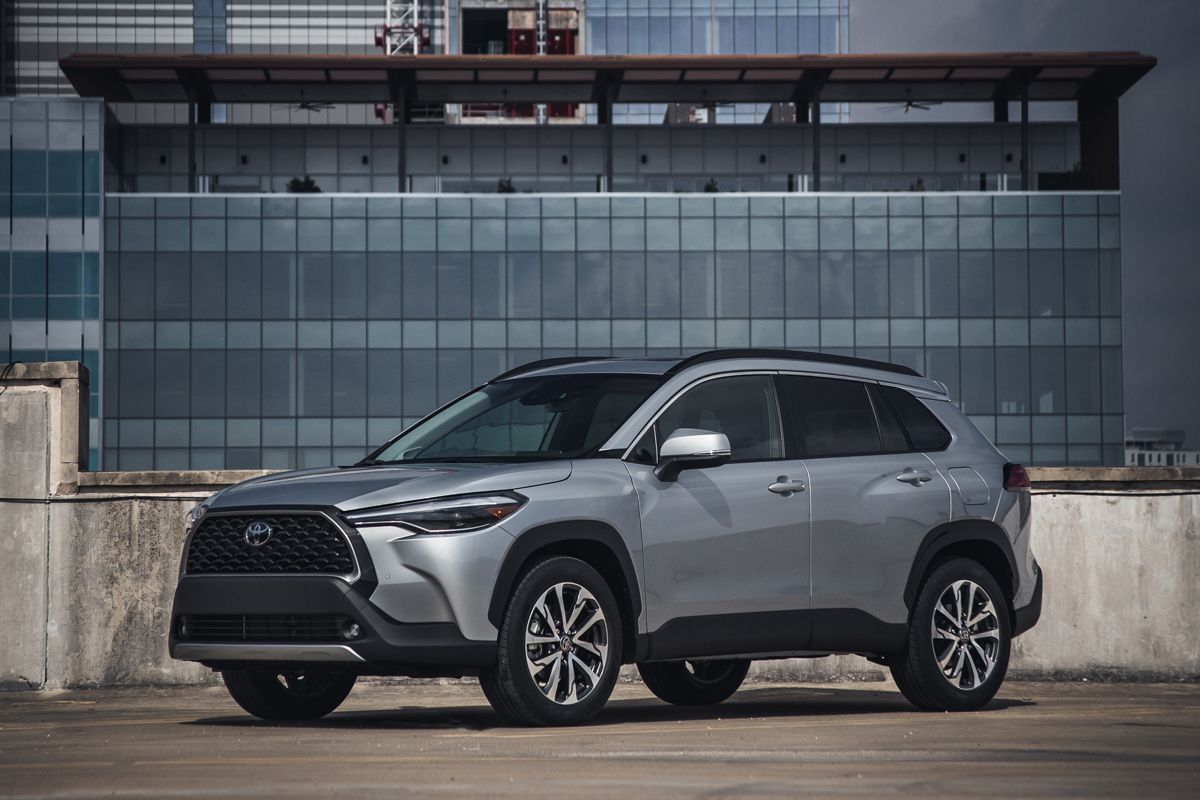
Toyota just debuted the new Yaris Cross in Indonesia, introducing new Highlander-inspired looks, hybrid power, and an attractive take on the subcompact SUV segment. Based on the DNGA platform, which is a cheaper version of the TNGA while being a little more rugged, the model is set to compete against models like the Raize SUV and Hyundai Creta, which we don't receive here in the US.
Toyota unveiled the Yaris Cross in 2020 for the European market with looks inspired by the Yaris as much as the RAV4. This new model is unrelated to the European version, as that one sits on the GA-B platform and offers different engine options. The European model has been selling very well, and Toyota is likely looking to continue that success as it releases this new model in the ASEAN market.
The Indonesian Yaris Cross sports updated styling from the European version, appearing as a miniature Toyota Highlander. The company calls it an "Urban SUV" with an interior that is "roomy" and "sporty." Buzzwords if you ask us, but from the pictures, the interior does seem like a relatively pleasant place to spend some time with an upright dashboard, lots of easy-to-see and use buttons, and the inclusion of a 10.1-inch center display and seven-inch digital instrument cluster.
Exterior dimensions come in at 169.9 inches long, 69.7 inches wide, and 63.6 inches tall, with a wheelbase of 103.1 inches. The vehicle offers decent approach (19º) and departure angles (28º), which will allow it to be suitable for more adventurous excursions, especially if Toyota decides to offer an Adventure trim in the future.
The model comes with two engine options one being gas and the other being a hybrid, and both only send power to the front wheels. The gas engine is a 1.5-liter Dual VVT-i four-cylinder that produces 105 horsepower and 102 lb-ft of torque, directed to the wheels via either a CVT or a five-speed manual. The hybrid option also starts with a 1.5-liter engine but then adds an electric motor and lithium-ion battery.
The engine in the hybrid produces 90 hp and 89 lb-ft of torque, while the electric motor produces 79 hp and 104 lb-ft of torque. This model only produces 110 hp combined; as we all know by now, hybrid vehicles never generate the total sum of their outputs combined as there is overlap in the mid-range and torque-fill low down.
In hybrid form, those outputs are sent through a CVT, and it boasts an EV-only mode. The hybrid definitely seems like the one to get here, not only offering more power but what we assume will be much-improved fuel economy as well.
We don't envision seeing this model in the US, especially since the company discontinued the C-HR subcompact crossover here last year due to slow sales and the success of the slightly larger and more impressive Corolla Cross. The C-HR will return in the future; based on the C-HR Prologue concept last year, the model will offer improved looks and electric, hybrid, and plug-in hybrid versions that should set it apart from its competitors. However, don't expect it to come to the US either - we simply want bigger cars.
